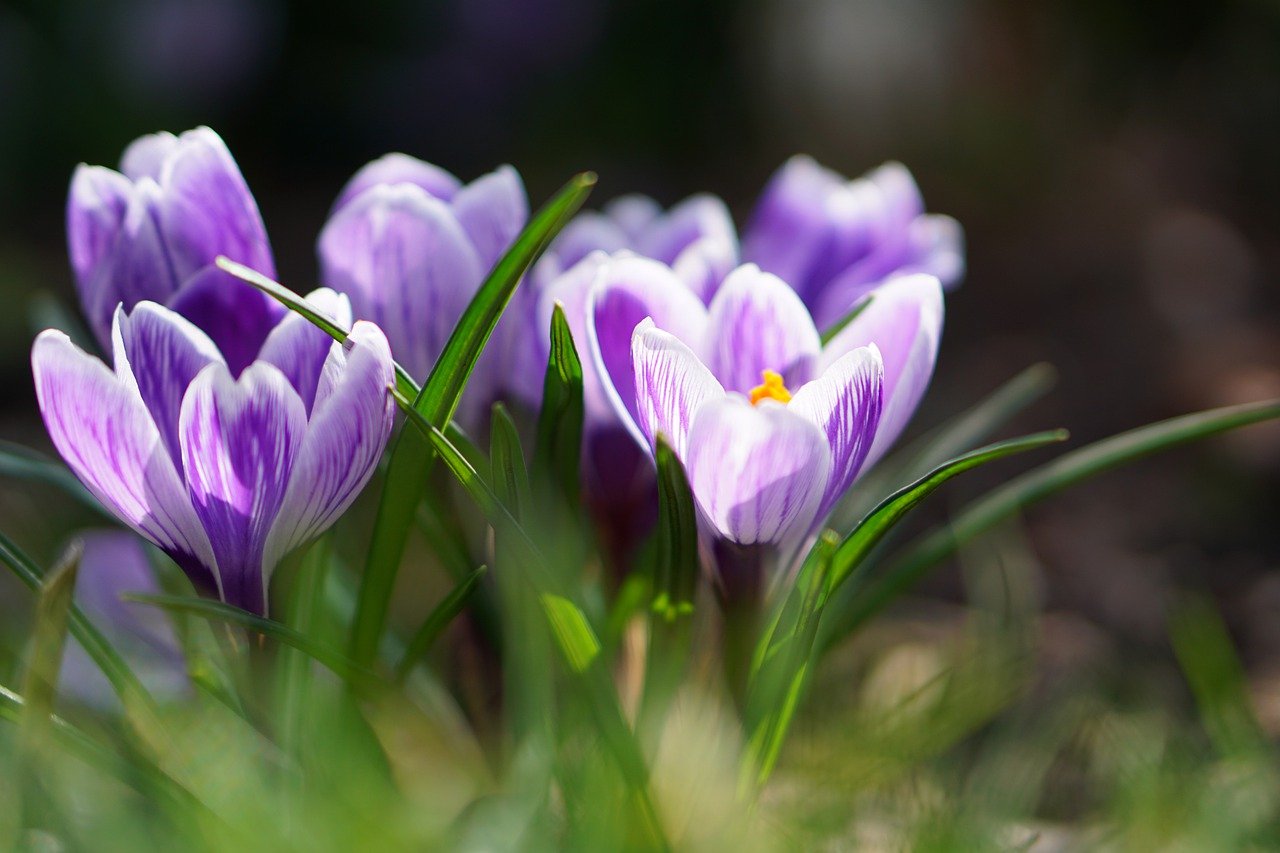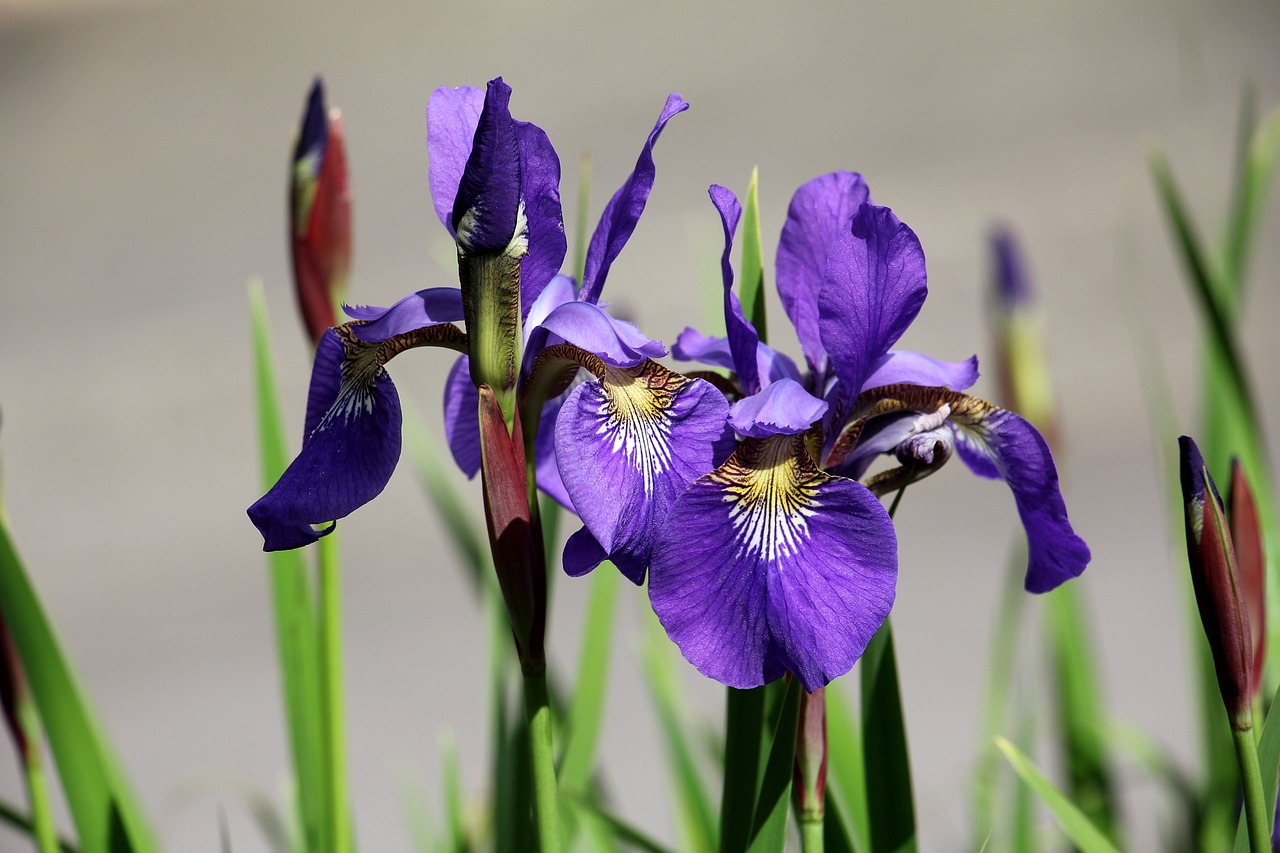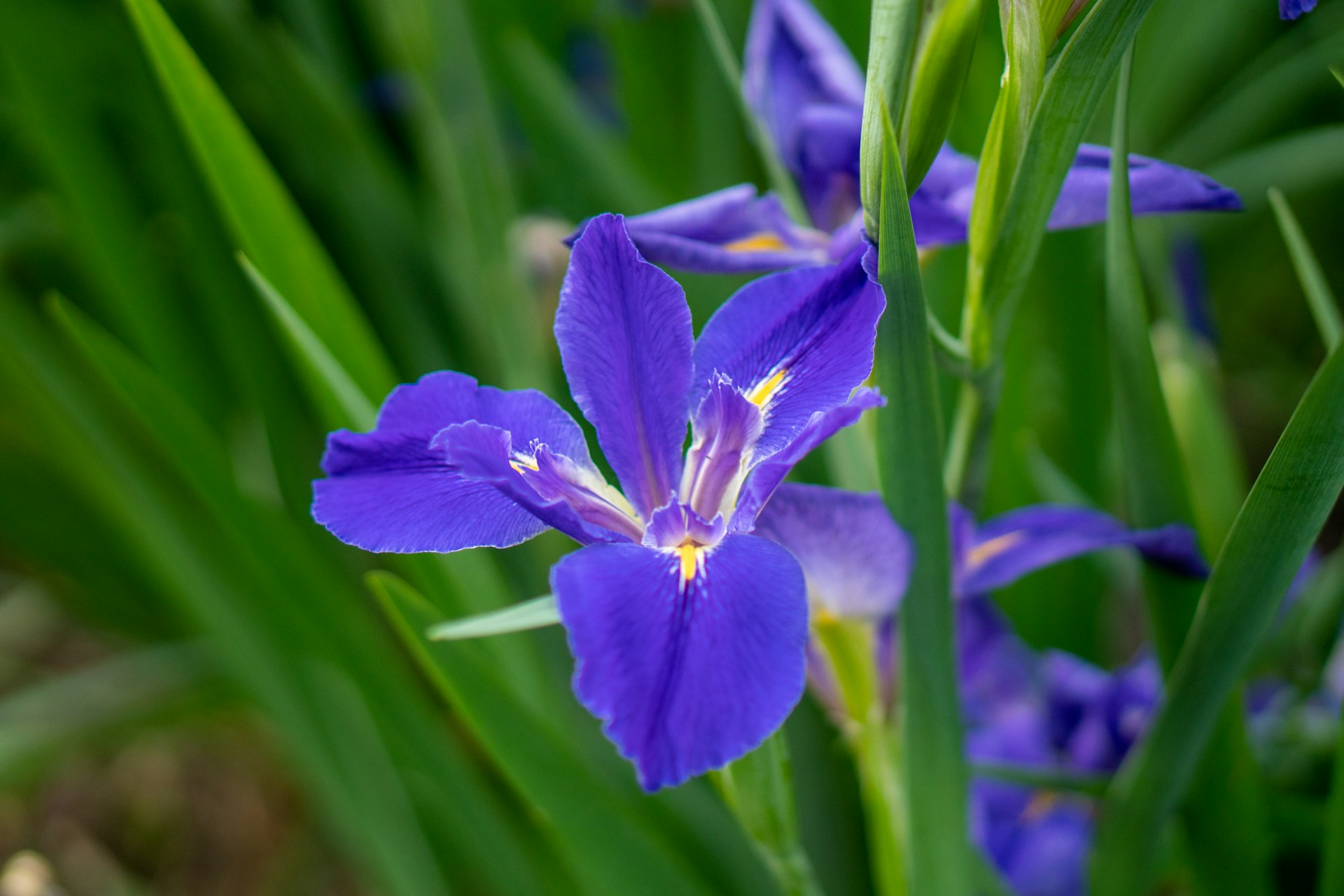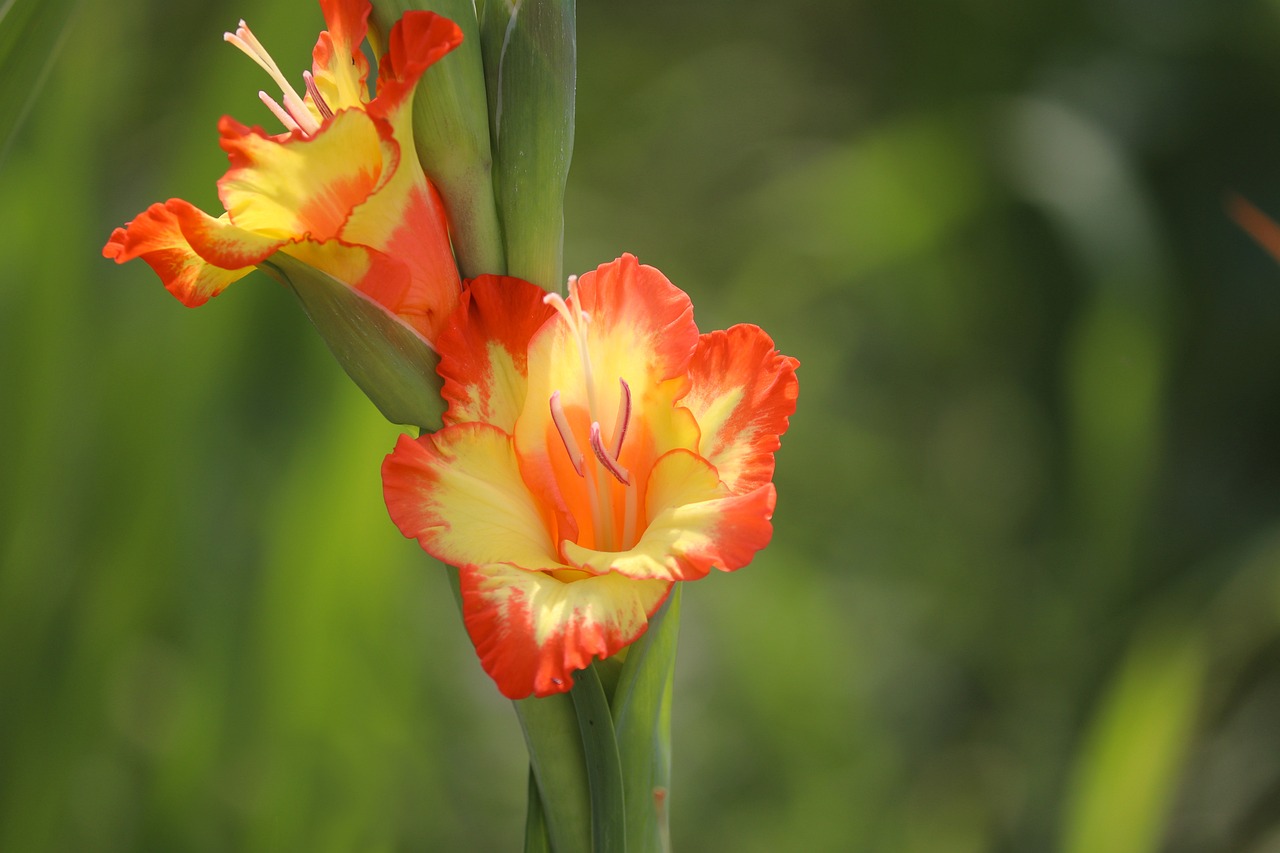Saffron: Features and Care
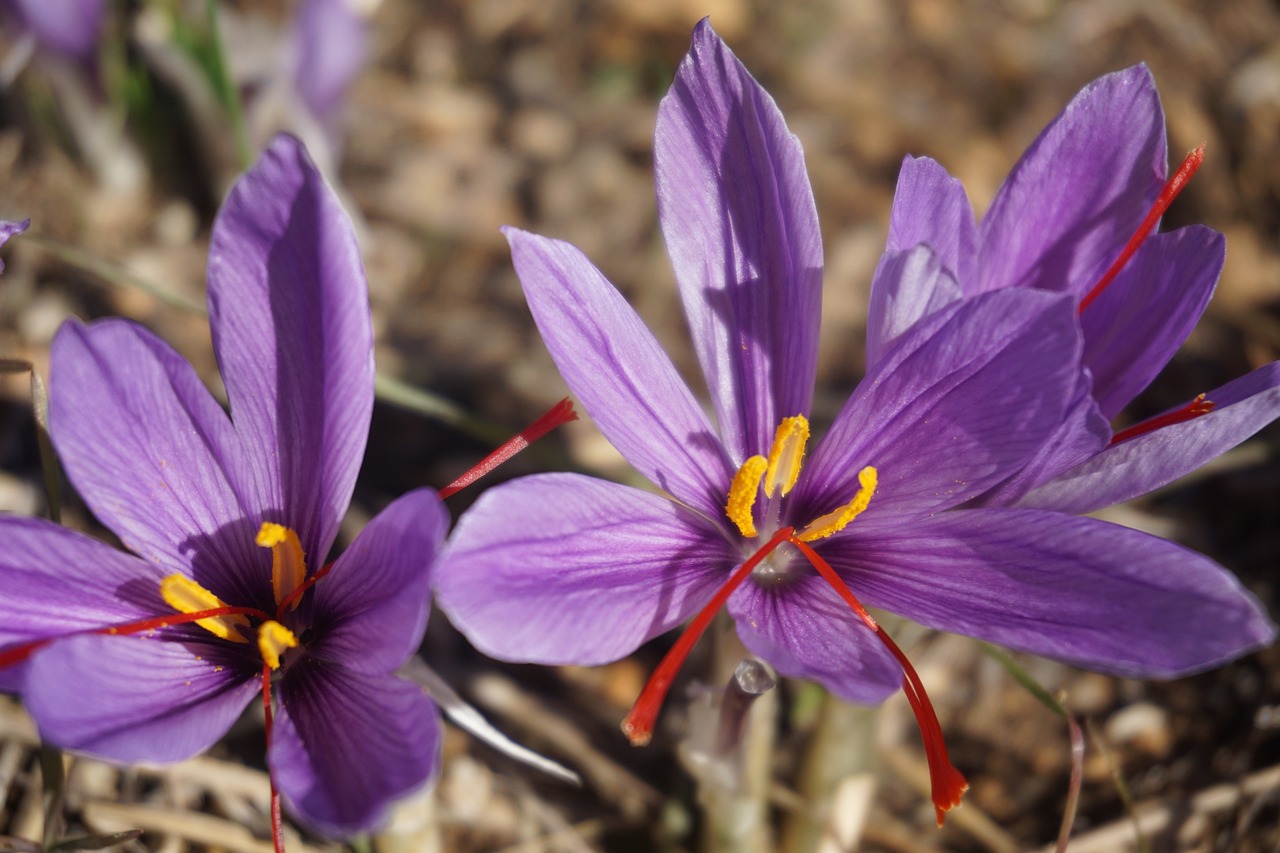
Saffron is a bulbous plant known for its purple flowers and bright red stigmas. Blooming in autumn, it adds vibrant color and elegance to gardens. Beyond its ornamental appeal, it has played a significant role in various cultures throughout history.
This article explores the essential information, cultural significance, history, and care tips for growing saffron.
Basic Information
- Scientific Name: Crocus sativus
- Family: Iridaceae
- Origin: Mediterranean region, Middle East
- Appearance:
Saffron flowers have delicate, pale purple petals with striking red stigmas at the center. Its slender green leaves continue to grow after the flowers have bloomed. - Blooming Period:
Saffron blooms from October to November. It sprouts in spring, remains dormant in summer, and resumes growth in autumn.
Cultural Significance Around the World
In Iran, saffron fields attract visitors, offering breathtaking views of purple flowers stretching across the landscape during the blooming season. In Spain, saffron is associated with autumn traditions, and some regions celebrate its harvest with festivals.
In France and Italy, saffron flowers are used in high-end restaurant decorations and event table settings. In Japan, gardening enthusiasts cultivate saffron as an autumnal accent in their gardens and balconies.
Historical Episodes
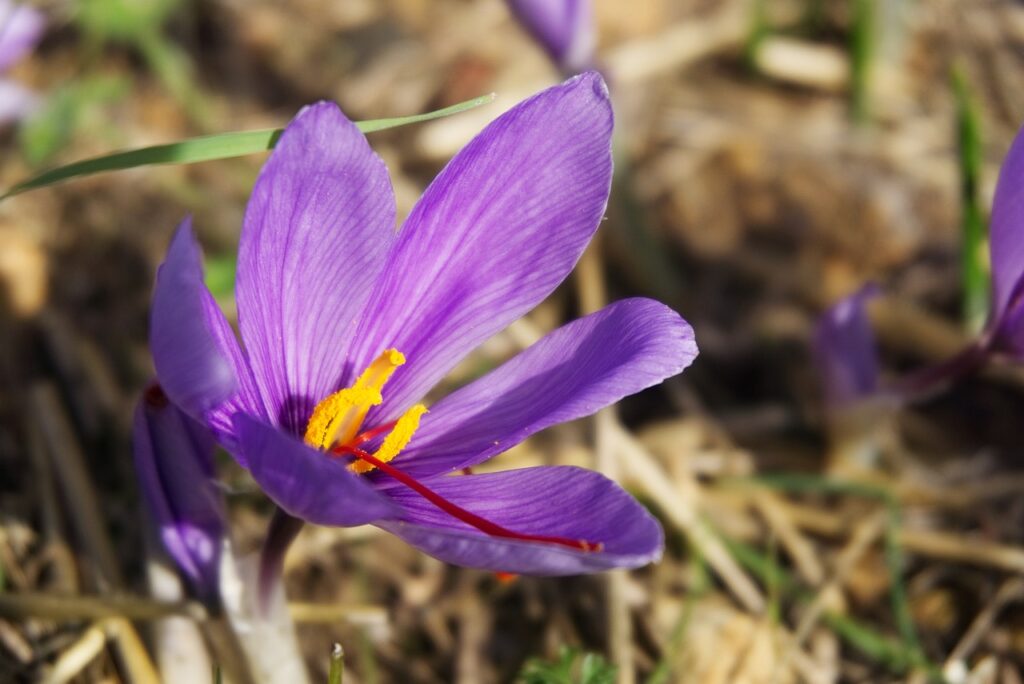
The history of saffron dates back over 3,000 years. Ancient Minoan frescoes on the island of Crete depict women harvesting saffron, indicating its importance even in early civilizations.
In ancient Rome, saffron flowers were used in festive decorations, scattered on palace and theater floors. During the Renaissance in Europe, saffron was cultivated in royal gardens, symbolizing beauty and prosperity. It was introduced to Japan during the Edo period and became a popular ornamental plant.
Gardening Advice
Saffron is a resilient plant that thrives under proper conditions. Below are key care tips:
Sunlight
Prefers full sun but can grow in partial shade, though flowering may be reduced.
Watering
Keep soil moist after planting. Reduce watering during dormancy in summer.
Soil
Grows best in well-draining sandy soil. For pots, use commercially available bulb-growing soil.
Fertilization
Apply slow-release fertilizer at planting time. During the growing season in autumn, use liquid fertilizer once a month. Avoid over-fertilization.
Planting
Plant bulbs between August and September. Set them 5 cm deep and 10 cm apart for optimal growth.
Dormancy Care
During summer dormancy, keep bulbs dry. They can be lifted and stored if necessary.
Conclusion
Saffron is a beautiful autumn-flowering bulb that has been cherished across cultures for centuries. Originating from the Mediterranean and the Middle East, it continues to be cultivated for its ornamental value.
With adequate sunlight and well-drained soil, saffron can be successfully grown in gardens or pots. By incorporating saffron into your home garden, you can embrace the charm of autumn more fully.

